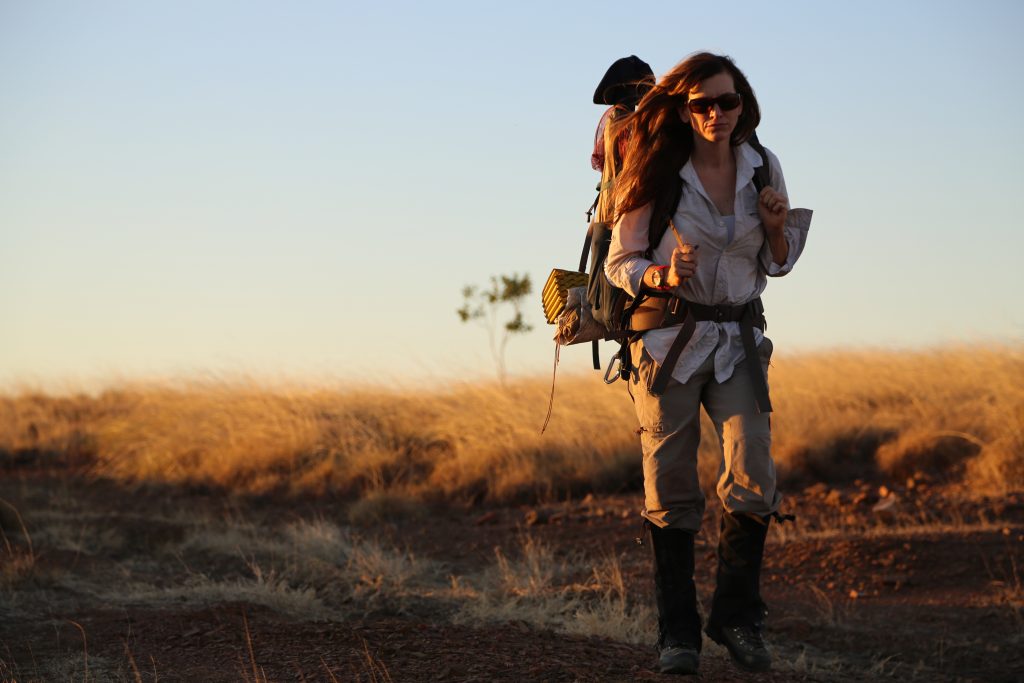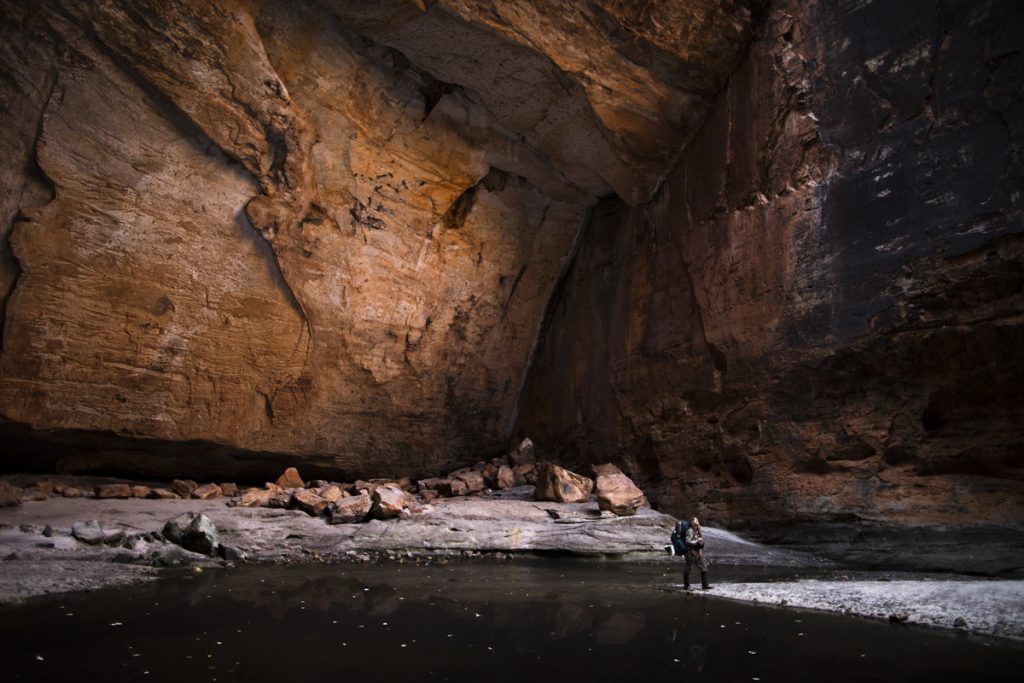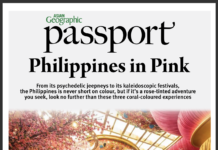
Sarah Marquis tells Asian Geographic about her expeditions walking around the world – solo
Text Alex Campbell
The wind has been howling across the Gobi Desert for weeks, day and night, in all directions. Huddled in her tent, Sarah Marquis woke at 4am. “I instantly knew something was different: There was no wind outside. And then I heard them.”
Marquis was surrounded by wolves. “That was a magical moment,” she recalls, with awe, rather than fear.
In 2010, the 44-year-old Swiss explorer set off to walk from Siberia to Australia – alone. The journey took two years of preparation – plotting the route, organising permits, learning smatterings of languages, and studying the terrain – the mountains, the water sources, the vegetation, and the weather systems.
Most of the problems that she encountered on the expedition across Asia were human – groups of drunk men following her on horseback in Mongolia, drug dealers harassing her in the Lao jungle, and getting arrested by the special forces in China.
After three years of walking across the continent, she arrived on the vast Nullarbor Plain in South Australia. It was her longest expedition.

But, it was certainly not her first. In 2000, she walked 4,260 kilometres across the United States, from the Canadian to the Mexican border. From 2002 to 2003, she walked 14,000 kilometres in the Australian outback with her faithful dog, Joe. In 2006, she walked from Chile to Peru along the Andes; she walked 7,000 kilometres.
Before a walk, Marquis piles on weight, and trains to carry 30 kilograms. The preparation is also psychological, she shares. “By the time I take that first step, 50 percent of the expedition is done! I know what to do from there. I know how to walk.”
In 2015, she faced her toughest challenge yet: crossing the sparse, hostile Kimberley in Australia. “My question was: Would I be able to survive like the aboriginal people survived for thousands of years? I knew this expedition would be the hardest thing I would ever do. But, if I’d know how difficult it was to be, I would have never started it.”

Unlike the expedition across Asia, the challenges of the Kimberley were not human-related. First, she faced the problem of moving herself across an excruciatingly harsh landscape. Then, she needed to catch her own food, and find water in an area that, ordinarily, has hardly any – even less so during the drought in which she found herself. Marquis is also vegetarian, although she has had to kill animals for food on previous expeditions. “I did not like that process at all,” she says. When she walked the Kimberly, she stuck to fish. “There is a process of consciousness going through those steps in catching it, cleaning it, cooking it. Most of us don’t do this anymore. But when I’m on an expedition I’m a hunter-gatherer. I really go back to our roots.”
Despite conceding to this dietary change, she was starving – really starving. “To be that hungry is like having a monster inside of you. You think you’re strong in those moments? No. But then you realise, you have to find that strength. You cannot die. So finally, you open a door inside you that you didn’t know you had. We are so strong; we actually have no idea.”
But worse than hunger was running out of water. “After three days, I started to head into the red zone. It was over 40oC. The thirst completely took over from the hunger.” She dug a hole in the dry riverbed and finally, the water came up.
What about the snakes? I pitch in. “Snakes?” she scoffs jovially. “Snakes were OK. The man-eating crocodiles on the other hand…”
At what point does she make the decision to call for help? When she was in Laos, she contracted dengue fever. She tied herself to a tree, so that she wouldn’t rush into the river in her delirium, and drown. “I knew the symptoms. I knew it was dengue. I knew I had to just ride it out. I just had to get through three days of hell. You get ready. We are sometimes more scared of the prospect of pain than the pain itself.”
In Mongolia, she had a tooth infection. In that case, she had to be airlifted out. “I could feel my brain going numb. I instantly knew that this was life-threatening, and I made the call,” she says. After recovering, she returned to the exact same position to continue her journey.
Beyond her explorative curiosity, the message of her walking is a call for us to re-establish our language with Nature. “We have lost touch, and it’s important that we reconnect. People are reluctant to make real changes because they’re put out of their comfort zone. I show people what happens when you take yourself out of your comfort zone: It is the most freeing, incredible, refreshing sensation you can have.”
Sarah’s new book, Instinct, will be released in December 2017. She is also the author of Wild By Nature, and is a National Geographic explorer. For more information, visit www.sarahmarquis.ch
For more stories and photographs from this issue, check out Asian Geographic Expeditions, Issue 125, 2017










